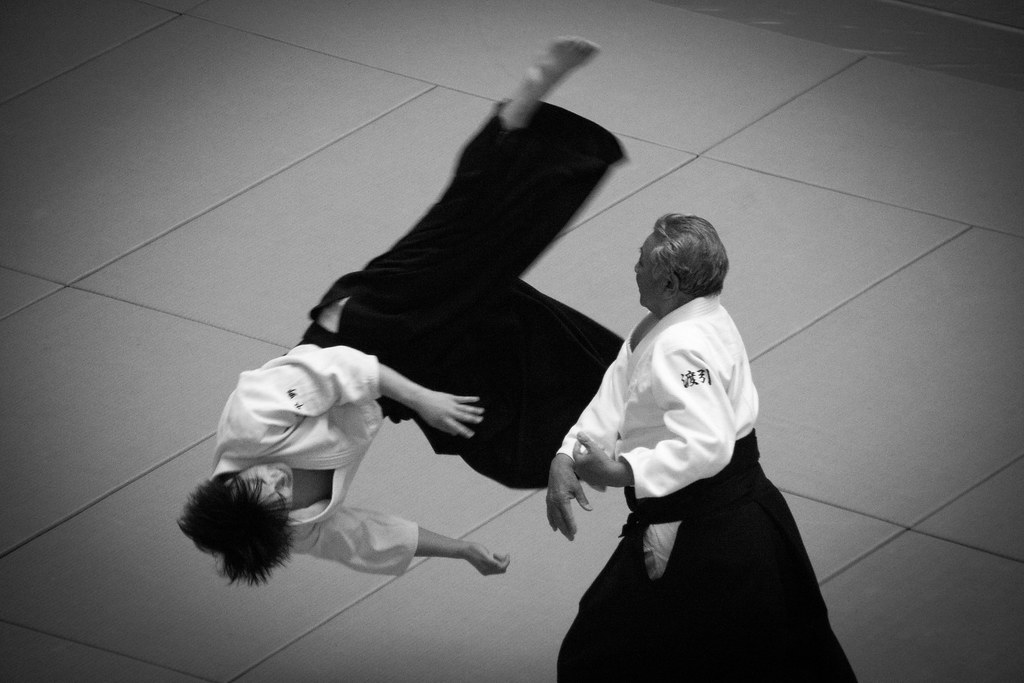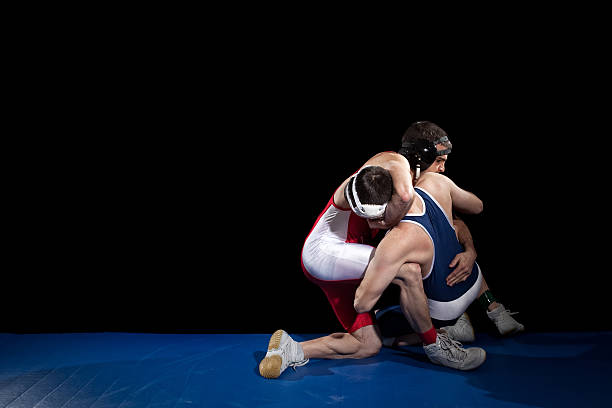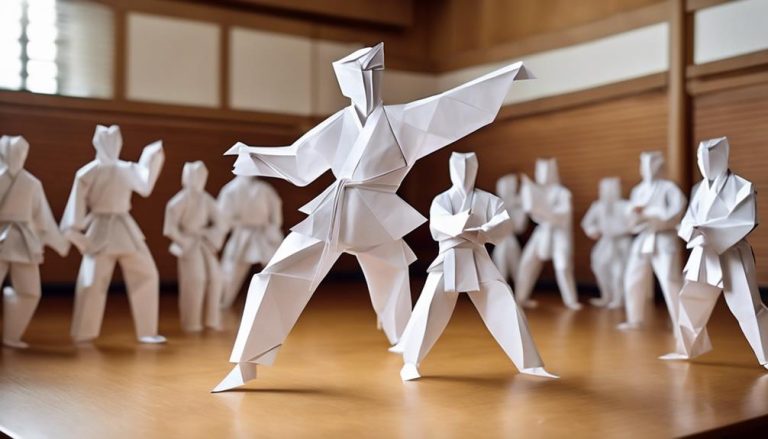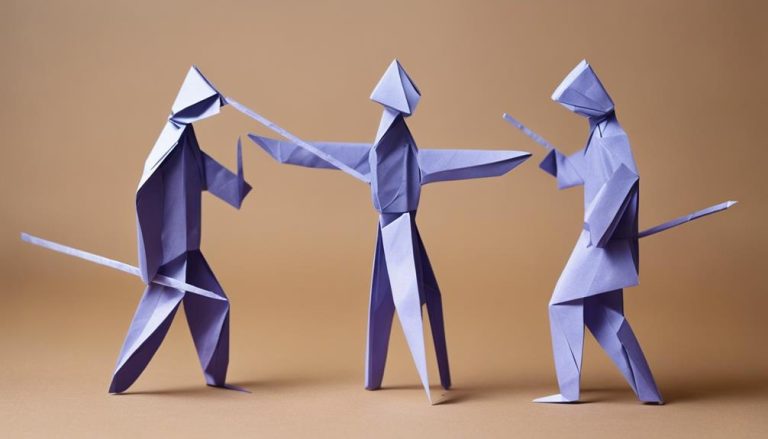General Rules of Aikido
Aikido is a Japanese martial art developed by Morihei Ueshiba in the early 20th century. Ueshiba was a master of several Japanese martial arts, and he sought to create a new martial art that would be more effective and less aggressive than the traditional styles.
Ueshiba developed Aikido by combining elements of various martial arts, including judo, karate, and traditional Japanese sword arts, with his own philosophical and spiritual beliefs. He believed that Aikido could be used as a means to achieve spiritual enlightenment and world peace.

Aikido is characterized by its use of circular movements, joint locks, and throws to defend against attacks. It emphasizes the use of minimal force to control an attacker and does not rely on punches or kicks.
Aikido has grown in popularity around the world and is now practiced by millions of people in countries all over the globe. It is known for its effectiveness as a self-defense art, as well as for its spiritual and philosophical teachings.
Scoring in Aikido
In Aikido, there is no competition and no scoring system. Aikido practitioners do not compete against each other, and the goal of Aikido training is not to defeat an opponent or earn points.
Instead, the focus of Aikido is on developing the skills and techniques needed to effectively control and defend against an attack. Practitioners work together to practice and refine their techniques, and they may use various training methods, such as randori (free-style practice) or kata (prearranged forms), to improve their skills.
Aikido practitioners may also train with partners of different levels of ability and size in order to learn how to adapt their techniques to different situations. The goal of Aikido training is to develop the ability to control an attack in a way that is efficient, effective, and respectful of the attacker.
Common Terminologies in Aikido
Here are some common terms used in Aikido:
Aikido: The name of the martial art, which means “the way of harmony with the universal spirit.”
Sensei: A term used to refer to an Aikido instructor or teacher.
Dojo: A training hall or place where Aikido is practiced.
Bokken: A wooden sword used for training in Aikido.
Jo: A wooden staff used for training in Aikido.
Gi: A traditional Japanese training uniform worn in Aikido.
Uke: The person who attacks or “receives” the technique in Aikido training.
Tori: The person who performs the technique in Aikido training.
Atemi: A strike or attack to an opponent’s pressure points or vulnerable areas.
Kata: Prearranged forms or techniques that are practiced in Aikido.
These are just a few of the many terms used in Aikido. As you continue to study and practice the art, you will become familiar with more of the specific terminology used in Aikido training.
Equipment in Aikido
In Aikido, there is generally minimal equipment needed for training. Some Aikido dojos may have a variety of training weapons, such as wooden swords (bokken) or staffs (jo), that are used to practice techniques. However, these weapons are not essential for all Aikido training, and many dojos do not use them at all.
The most important piece of equipment in Aikido is a training uniform, called a gi. The gi consists of a jacket and pants, and it is typically made of a heavy cotton material. It is important to wear a gi that fits properly, as it allows for freedom of movement and helps to protect the skin from abrasions and other
10 General Rules of Aikido
Here are ten general rules that are often followed in Aikido training:
- Show respect to your instructor, training partners, and the dojo.
- Always warm up before training.
- Wear the proper training uniform (gi) and any necessary protective gear.
- Pay attention to and follow the instructions of your instructor.
- Train with care and control, and avoid using excessive force.
- Do not engage in competitive behavior or try to “win” during training.
- Respect the safety of your training partners and do not intentionally cause them harm.
- Take breaks as needed and listen to your body.
- Help to maintain a clean and orderly dojo.
- Continuously strive to improve and learn, both physically and spiritually.
These rules are intended to promote a safe and respectful training environment, and they are generally followed in most Aikido dojos around the world. It is important to remember that the goal of Aikido is not to defeat an opponent, but rather to develop the skills and techniques needed to control and defend against an attack in a way that is efficient, effective, and respectful.
I hope that this information has been helpful in giving you an overview of Aikido. If you have any other questions about the martial art, please don’t hesitate to ask.
Remember that Aikido is a non-competitive martial art that emphasizes the use of minimal force to control an attacker. It is characterized by its use of circular movements, joint locks, and throws, and it is often practiced with the goal of achieving spiritual enlightenment and world peace.
Aikido training typically involves practicing techniques with a partner, and it may also involve the use of training weapons such as wooden swords (bokken) or staffs (jo). It is important to show respect to your instructor, training partners, and the dojo, and to follow the general rules of Aikido in order to create a safe and respectful training environment.






